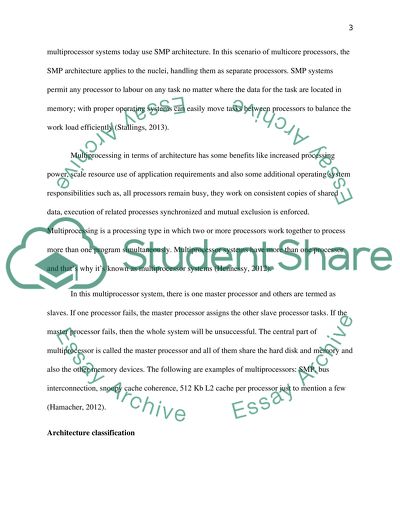Cite this document
(Advanced Computer Architecture Classification in Regards to Term Paper, n.d.)
Advanced Computer Architecture Classification in Regards to Term Paper. Retrieved from https://studentshare.org/information-technology/1633272-advanced-computer-architecture
Advanced Computer Architecture Classification in Regards to Term Paper. Retrieved from https://studentshare.org/information-technology/1633272-advanced-computer-architecture
(Advanced Computer Architecture Classification in Regards to Term Paper)
Advanced Computer Architecture Classification in Regards to Term Paper. https://studentshare.org/information-technology/1633272-advanced-computer-architecture.
Advanced Computer Architecture Classification in Regards to Term Paper. https://studentshare.org/information-technology/1633272-advanced-computer-architecture.
“Advanced Computer Architecture Classification in Regards to Term Paper”, n.d. https://studentshare.org/information-technology/1633272-advanced-computer-architecture.


